Intervals Integral Role in Music!
Intervals Integral Role in Music!
![]() An "Interval" is so important when dealing with music; however it's rare to hear it talked about outside of theory classes or vocal lessons. Everyone always talks about chords, scales, and ear training but not intervals. Let's change that!
An "Interval" is so important when dealing with music; however it's rare to hear it talked about outside of theory classes or vocal lessons. Everyone always talks about chords, scales, and ear training but not intervals. Let's change that!
What's interesting is that scales, arpeggios, and chords are all based on intervals. But what are they? Intervals are just the relationship between two or more notes. In simpler terms, it is the distance between those notes. But, how is that measured? Intervals are measured based on how many half steps, or piano keys, seperate them. The easiest way to understand this is by playing two piano notes back to back. The two notes played create an interval.
So, what does that mean? Intervals need to have set measurements for each distance available to us. The nice thing is that all they already have terms assigned. Yay! The way the interval system is structured is based on minor and major intervals, but there is some variation Below features an interval of a Minor 2nd. A Minor 2nd is played when you put any two notes right next to each other. The example below starts on C and goes to C#, but you can do any two notes right next to each other to get a Minor 2nd.
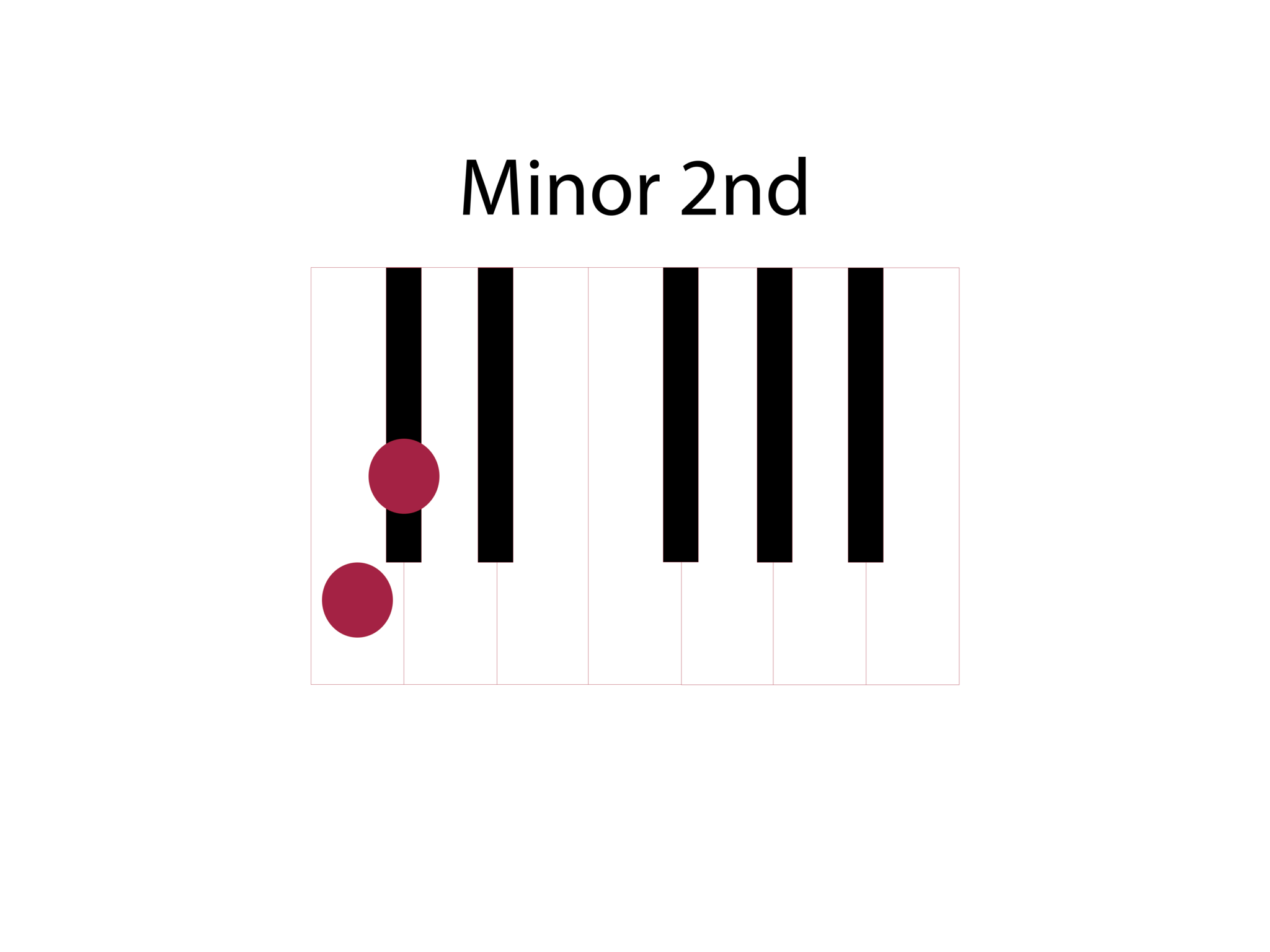
You can change the distance and you can make any size interval that you want. Below you can find every interval within one octave. These intervals start on C, but you can start them anywhere. For example, a Major 3rd starting on C gets brings you to E. If you count the number of notes that it takes to get from C to E you get four. This means that interval can be used if you count four from any note. Let's take G. A Major 3rd in G starts on G. Then if you count G# (1), A (2), A# (3), and land on B (4), you have a Major 3rd. This process works for any interval. Try to figure out a Minor 6th in starting on F
Intervals within one Octave


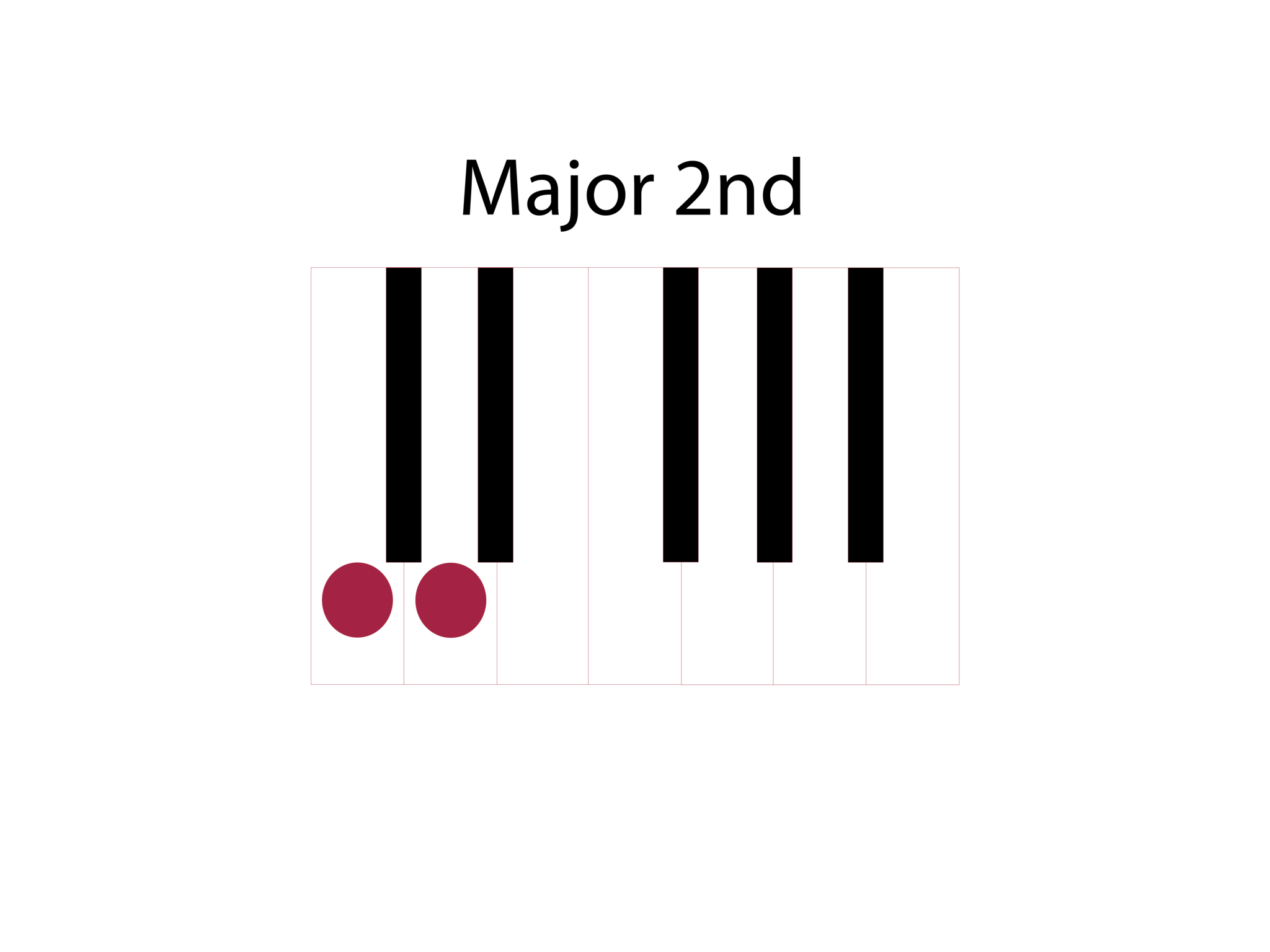
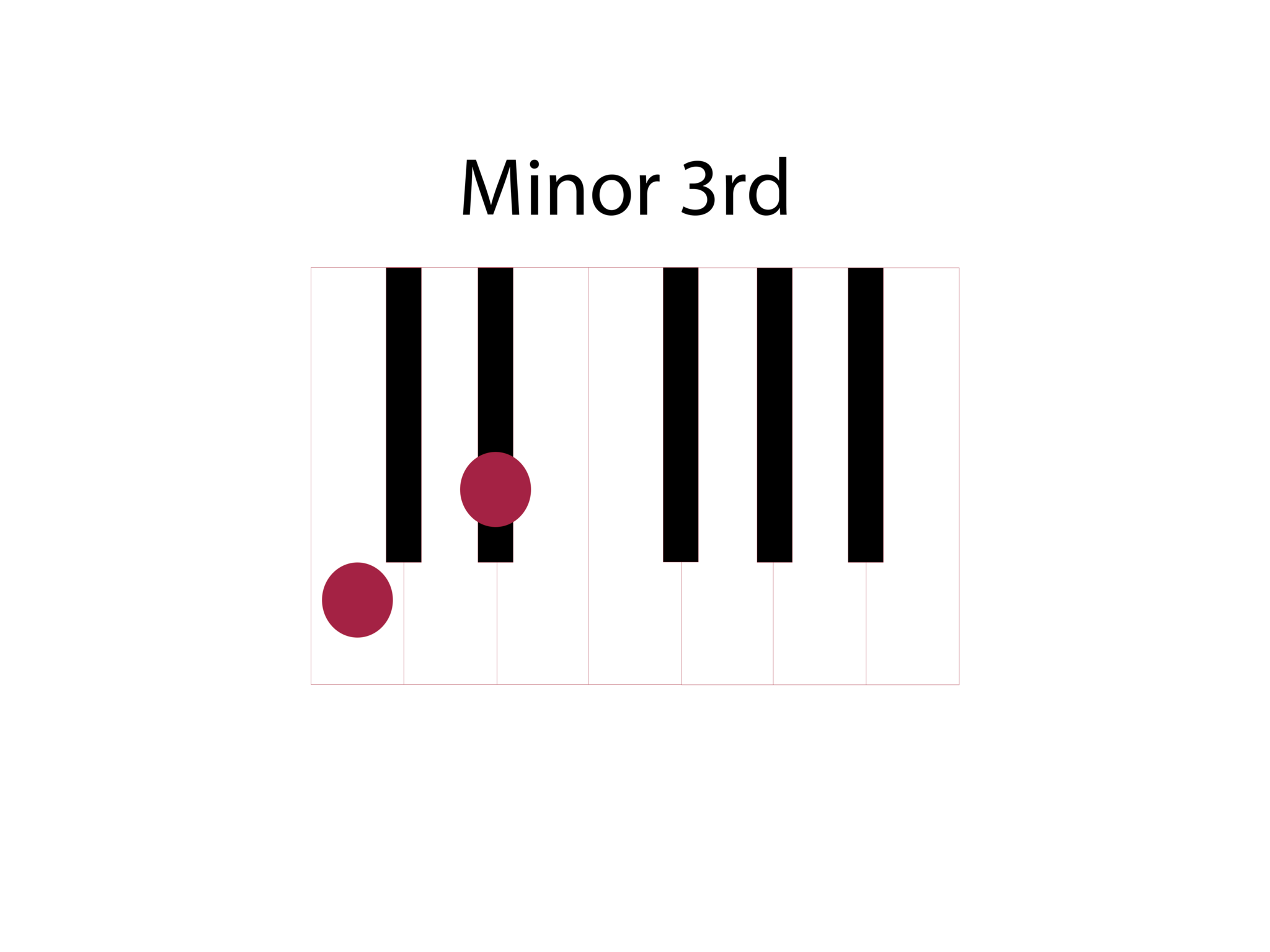
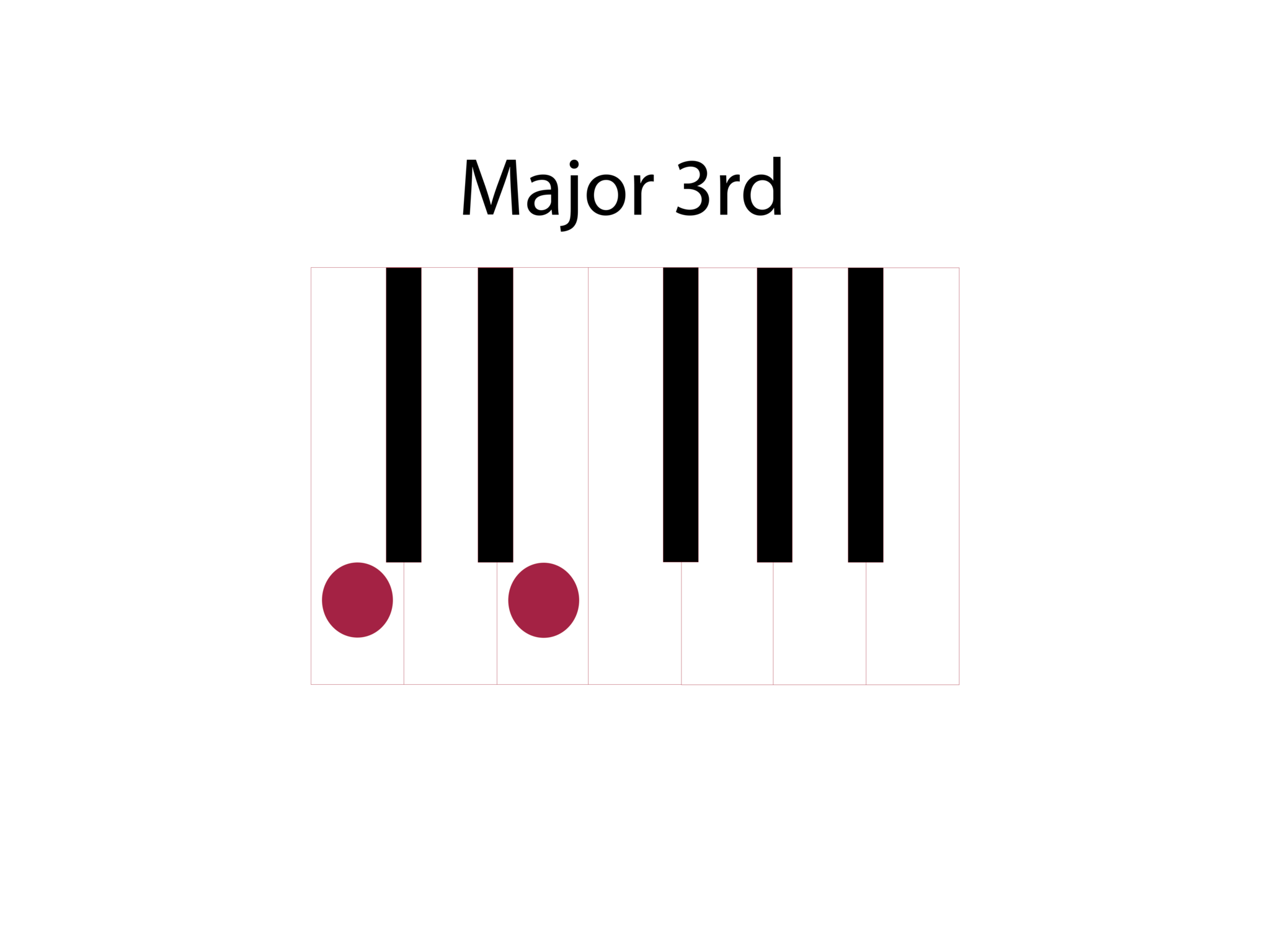
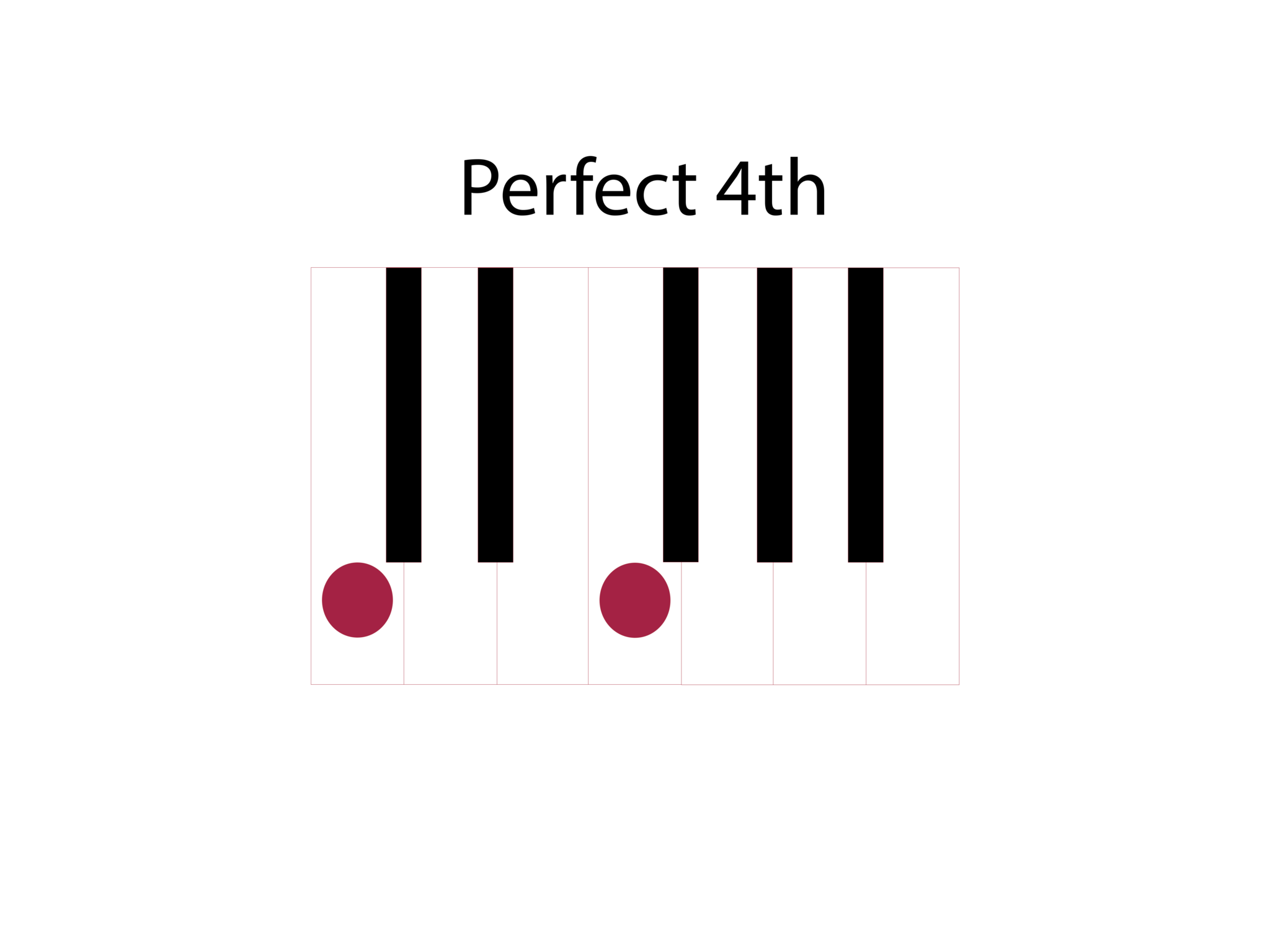
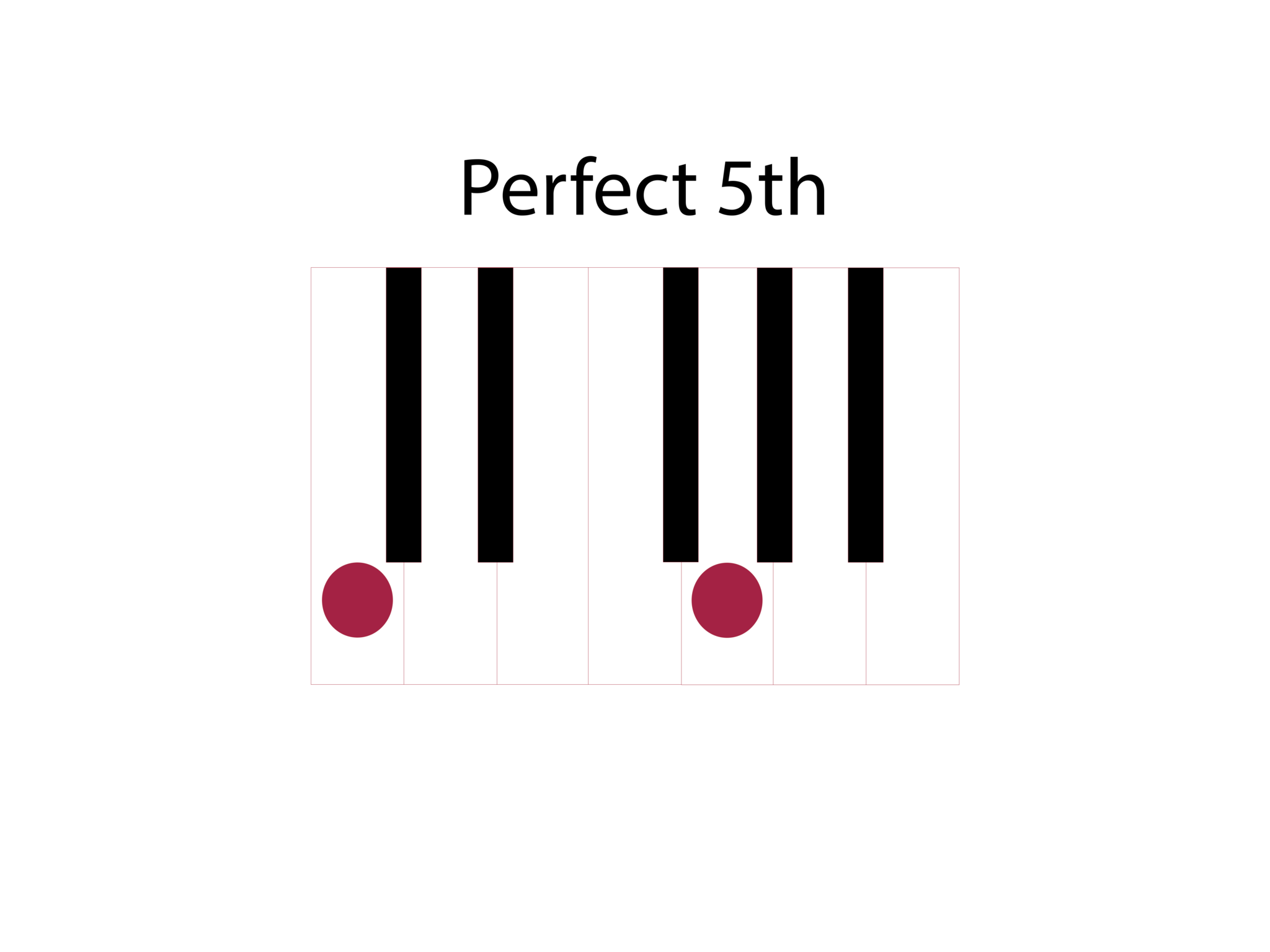
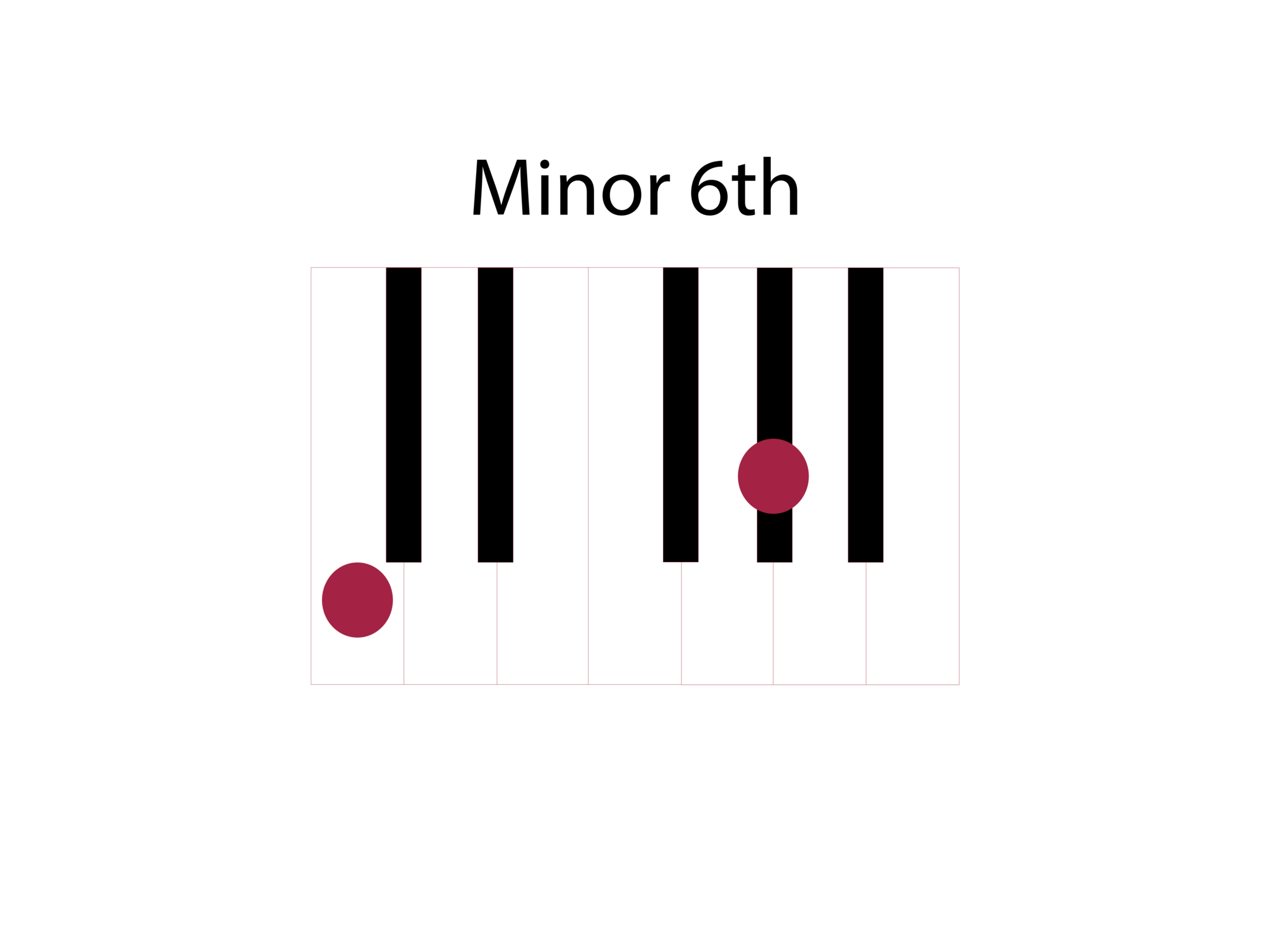




Scales, Chords and Arpeggios
You can also stack intervals and this is how we then construct chords, scales and arpeggios. This is incredibly helpful to know because it means if we memorize the list above learning the other stuff is easier because of the foundation of intervals. Let's see some examples of how it works with them.
A scale is a progression of seven different intervals played separately. Each Major Scale has a Unison, Major 2nd, Major 3rd, Perfect 4th, Perfect 5th, Major 6th, Major 7th and then the Octave is the unison played higher all based off of C. This is why it is called the Major scale because every interval is major or perfect. Here is an example of a C Major Scale. It is all of the white keys.

A chord is a different type of interval. All of the notes are played together. Which creates awesome sounds and almost limitless chord combinations. The Major Chord is build on a Unison, Major 3rd and Perfect 5th. These Intervals create a sound you have heard in thousands of songs. If you play the notes in a chord separately it creates a really cool sound known as an arpeggio. Arpeggios create some of the coolest solos and melodies. Here is an example of a chord/arpeggio.

Another cool thing about intervals is that you can learn to differentiate the different interval sounds. Have you ever heard someone play something just after they heard it? You can too! All you need to do is learn each interval sounds like. The best way is to use an app; "Tenuto" is a great app for learning intervals. The app starts teaching two intervals at a time and adds more as you begin to learn the different sounds. If you practice 100 hundred intervals a day for 30 days on Tenuto, you will begin to be able to learn music by ear.
In summary, Intervals are the first building block in the journey of understanding music. They build Scales, Chords, Arpeggios and more! The simplest definition of an interval is that they measure distance between two notes, but it is also important to remember that interval measurements stay the same even if the note changes. This simply means that a C to an F is the same distance as an F to a Bb. In fact, the easiest way to think of intervals is to understand the distance they are representing. Finally, it is extremely helpful to practice listening to intervals to understand what they sound like. Learning these principals of intervals is fundamental to understanding more Music Theory. If you are able to grasp this concept and memorize intervals, it will make learning the more complicated stuff much easier.
If there are topics or techniques you would like to learn more about, please let us know in the comments so we can create helpful content.






